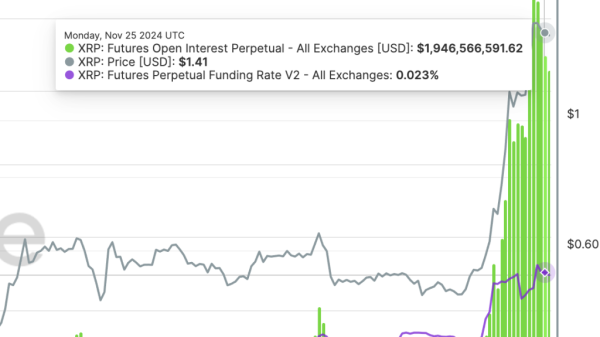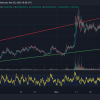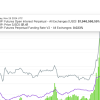Body:
Understanding the AUD/USD and AUD/NZD Currencies Exchange in July
The unending instability of the worldwide market has seen significant shifts in the value of international currencies. Among these, the most notable are the Australian Dollar to US Dollar (AUD/USD) exchange rate and the Australian Dollar to New Zealand Dollar (AUD/NZD) exchange rate. The AUD/USD pairing saw an increase in volume in July, thrusting the exchange rate back above 0.67000 – a significant milestone that marked its survival despite a turbulent economy.
The AUD/USD and AUD/NZD market rates are excellent indicators of economic performance in the Australian, US, and New Zealand markets. The change of fortune for the Australian Dollar against the US Dollar during July is indicative of a strengthening Australian economy, or possibly softening of the US economy.
The AUD/USD exchange rate, driven by various international economic events, is dictated by comparative strength between the two nations’ respective economies. During July, the AUD/USD recovered to a level above 0.67000, showing the AUD’s resilience in the face of global economic uncertainty. Incidentally, this rate posed an attractive opportunity for forex traders seeking potential profits amidst extreme volatility.
Similarly, the AUD/NZD exchange rate is a popular benchmark for traders worldwide. It represents the interrelationship between the Australian and New Zealand economies, both heavily reliant on the export of raw materials. An increase in the AUD/NZD rate could signal stronger demand for Australia’s exports relative to New Zealand’s, suggesting a better economic performance by Australia.
However, it is important to note that currency exchange rates, including AUD/USD and AUD/NZD, can fluctuate wildly due to various factors. These include interest rates, inflation, political instability, and general economic performance. For instance, changes in the Reserve Bank of Australia’s monetary policy can have a significant impact on these exchange rates. Therefore, traders must monitor these rates carefully, calibrating their strategies in response to any significant changes.
Furthermore, geopolitical tensions pose a risk to the stability of these rates. Particularly in July, the Australian Dollar’s resilience was tested amidst the impending US elections and the ongoing global health crisis. These factors significantly disrupted the markets, but the AUD managed to hold its ground.
The Forex market enables traders to profit from these swings in currency values. Though it requires a deep understanding of the global economic landscape and a knack for prediction, informed trading can deliver handsome returns. The return to levels above 0.67000 for the AUD/USD during July exemplified this theory, providing good news for savvy traders.
In summary, the AUD/USD and AUD/NZD exchange rates reflect the continuously transforming global economic scene. While both currencies displayed resilience under pressure in July, it’s clear that external factors, including geopolitical events and economic policy changes, can significantly impact these rates. Traders need to stay informed on these developments and be ready to adjust their strategies in response to shifts in the market.






























